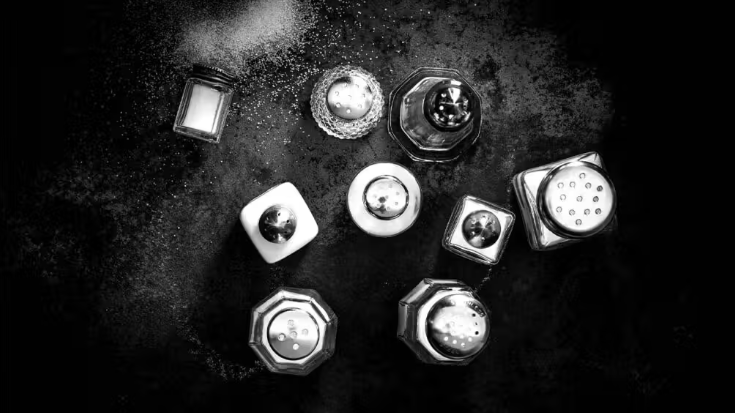- A new study found that people with cardiovascular disease consumed double the amount of sodium per day than recommended.
- Of people with heart disease, 89% consumed more than the recommended allowance of 1,500 mg per day.
- Current recommendations for the maximum amount of sodium per day for people without heart disease is 2,300 mg, about the equivalent of a teaspoon of table salt.
- While it is difficult to know how much sodium one is actually consuming, there are various strategies for avoiding excess sodium.
Many people consume more than the daily recommended amount of sodium, particularly those who most need to reduce their intake for their heart health.
That’s according to a new study, which found that people with cardiovascular disease (CVD) were consuming more than double the recommended 1,500 milligrams (mg) of sodium each day.
The average amount of sodium consumed daily was 3,096 mg, with 89% of the study’s participants consuming more than the recommended amount.
The findings are being presented April 6–8 at the American College of Cardiology’s Annual Scientific Session. The results have not yet been published in a peer-reviewed journal.
The American Heart Association (AHA) recommendsTrusted Source adults who do not have or are not known to be at risk for heart disease consume no more than 2,300 mg of sodium per day. This is about the equivalent of a teaspoon of table salt.
The average person with heart disease in the present study exceeded that level by nearly 1,000 mg.
The study used data from 3,170 participants in the Center for Disease Control’s NHANESTrusted Source study. These sample included males and females older than 20 with a cardiovascular disease diagnosis.
Of this group, the majority were 65 or older, were white, and had an education level below high school graduate. Males, who accounted for slightly more than half of subjects (56.4%), were overweight with an average intake of 1,862 calories per day.
While overconsumption of sodium is often considered a result of fewer food choices, the study turns that hypothesis on its head.
The group with the greatest sodium intake were people at the higher end of the income scale and with a college degree or higher.
The study authors suggest that individuals with higher levels of education and income could have been better at reporting their sodium intake, which may have contributed to the surprising results.
The chemical name for table salt is sodium chloride. Sodium is a naturally occurring mineral, which is necessary for human health in small amounts.
“Sodium helps to balance the water in your body,” explained cardiologist Jayne Morgan, MD, clinical director at the Piedmont Healthcare Corporation in Atlanta, GA. “It even supports the proper functioning of muscles and nerves.” (Dr. Morgan was not involved in the study.)
“There is a saying in medicine, ‘Where sodium goes, water follows,’” she told Medical News Today.
“This is why salt increases the blood volume in your bodies. The effect of this is an increase in blood pressure. The increased blood pressure then forces your heart to work harder, which then eventually puts you at risk of heart disease,” Dr. Morgan said.
Dr. Morgan noted that excess sodium has long been linked with the hardening and stiffening of the arteries and atherosclerosisTrusted Source.

1 thought on “Most people with heart disease consume excessive amounts of sodium, study finds A”